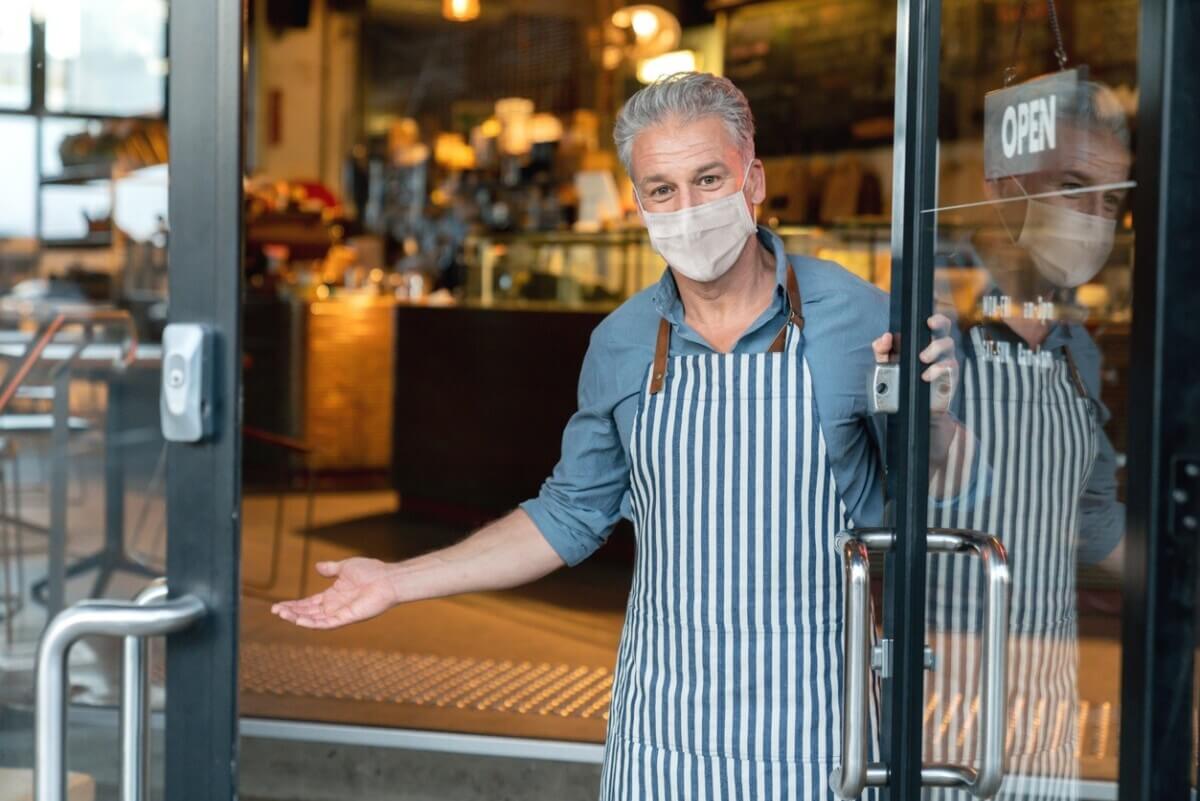
The restaurant industry is the nation’s second largest private sector employer and one of the hardest hit by the COVID-19 pandemic. In addition to the $21.5 million Restaurant Employee Relief Fund, restaurant and hotels received over $70 billion in PPP loans and $15.7 billion in PPP tax deductions. Many states even loosened restrictions on cocktails-to-go so that restaurants could better adapt to a reduction in in-house dining and an increase in the demand for takeout.
The next saving grace for the restaurant industry comes in the form of the Restaurant Revitalization Fund (RRF), which is a part of the American Rescue Plan Act, signed into law on March 11, 2021. In today’s blog, we’ll provide an overview of the RRF, so that you have the information you need to take advantage of everything this fund has to offer.
What is the Restaurant Revitalization Fund?
The Restaurant Revitalization Fund is a $28.6 billion grant program designed to help restaurants and related businesses recover from the profits they lost due to COVID-19 closures, social distancing mandates, and other precautions related to the pandemic.
Who Can Apply for an RRF grant?
RRF grants are open to restaurants, bars, and other similar businesses whose 2020 revenue was lower than their 2019 revenue. This can include restaurants, food stands, food carts, food trucks, caterers, saloons, inns, taverns, bars, lounges, brewpubs, tasting rooms, and taprooms.
That said, there are exceptions. Publicly traded companies, restaurants with over 20 locations, companies who have applied for a Shutter Venue Operator grant, and state or local government-operated businesses are not eligible for RRF grants at this time.
When Can You Apply for an RRF Grant?
According to the Small Business Association (SBA), applications will become available sometime in April. While applications will be accepted as soon as they’re available, priority will be given to women-owned businesses, veterans, and other socially or economically disadvantaged individuals. Be sure to check the SBA’s COVID-19 Relief Web Portal, where grant application information will become available once it’s ready.
What is the Maximum RRF Grant Size?
RRF grants are capped at $5 million for restaurants and $10 million for restaurant groups.
How Much Money Can I Expect from my RRF Grant?
Eligible businesses may receive a tax-free federal grant up to the amount of its pandemic-related revenue loss. Your pandemic-related revenue loss can be calculated by subtracting your 2020 gross receipts from your 2019 gross receipts.
If your restaurant wasn’t operational for the entirety of 2019, your maximum grant value will be determined by taking your average monthly gross receipts in 2020 minus your average monthly gross receipts in 2019.
Restaurants that didn’t open until 2020 may be eligible for a grant equal to the amount of “eligible expenses” subtracted by its gross receipts received.
When determining your maximum grant value, it’s important to note that pandemic-related revenue losses for business are reduced by any amounts received from Paycheck Protection Program (PPP) First Draw and Second Draw loans in 2020 and/or 2021, so make sure to factor that into your calculation.
It’s also important to note that there is a finite amount of money available, so promptly applying could help increase your chances of receiving funds.
What Can Your RRF Grant Be Used For?
Like your Second Draw PPP loan, RRF grant money is restricted to certain types of expenses, including:
- Rent
- Payroll costs
- Paid sick leave
- Utilities
- Mortgage interest
- Broad operational expenses
- Covered supplier costs
- Supplies, including
- Perishable goods
- Protective equipment
- Cleaning materials
- Maintenance, including
- Outdoor seating construction
- Walls, floor, deck surfaces, furniture, fixtures, and equipment
- Any expenses deemed essential by the SBA
What Time Period is Covered by the RRF Grant?
RRF grants may be used to cover eligible expenses already incurred back to February 2020, and other additional expenses for the remainder of 2021. It is possible that the SBA will extend the covered period longer, depending on the length and severity of the COVID-19 pandemic.
Do You Need a DUNS Number to Apply for Your RRF Grant?
No. In attempt to streamline the application process, the SBA has agreed to drop the requirement for a DUNS number.
Do You Need an Active System of Award Management (SAM) Account to Apply?
No. While early reports suggested that a SAM account would be required for anyone seeking a RRF grant, the SBA has decided to eliminate this requirement.
Need more information? Check out the Restaurants Act Restaurant Revitalization Fund page. In the meantime, keep an eye on the SBA’s COVID-19 relief options web portal, which is where you’ll find the RRF application, once it’s available. You can also check out our blog, where we cover everything from how to handle recalled food items at your restaurant to our guide to no-contact curbside takeout and delivery.

